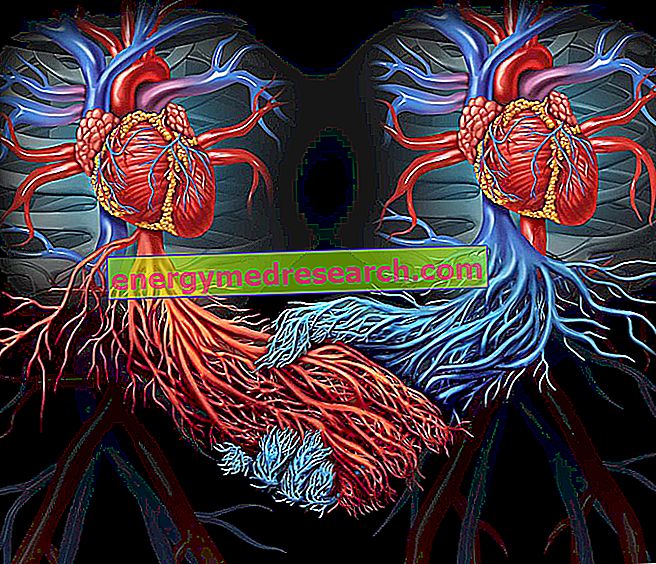
Heart transplantation is the surgical procedure that involves implantation, in an individual with severe heart failure, of a healthy heart from a recently deceased donor.
There is talk of heart failure when a person's heart is irreparably damaged and no longer "works" as it should; in other words, it is difficult to pump blood into the circulation and to supply the various organs and tissues of the body with oxygen.
The main causes of heart failure are: coronary heart disease, cardiomyopathies, heart valve defects ( valvulopathies ) and congenital heart defects .
An alternative surgical approach to the traditional one, during which the replacement of the diseased heart takes place ( orthotopic procedure ), is the so-called heterotopic procedure .
During this mode of intervention, the heart surgeon inserts the "new" heart, without, however, removing the sick one . In other words, at the end of the intervention, the patient has two hearts : the original, suffering heart and the transplanted, healthy heart, connected to the first through multiple blood vessels.
Like after every transplant, also in this case it is necessary to start a therapy based on immunosuppressive drugs, against the risk of rejection.
Recourse to the heterotopic procedure can occur for at least two reasons:
- When the original heart shows possible signs of functional recovery. If this occurs, the second heart would be removed.
- When the size of the patient's body is higher than that of the donor's body. In these situations, the "new" heart is smaller than the original and, alone, may not be enough in its pumping action.



